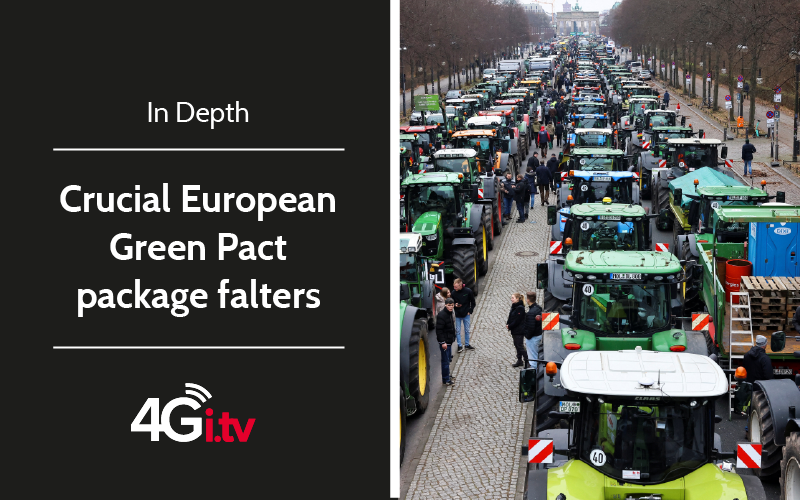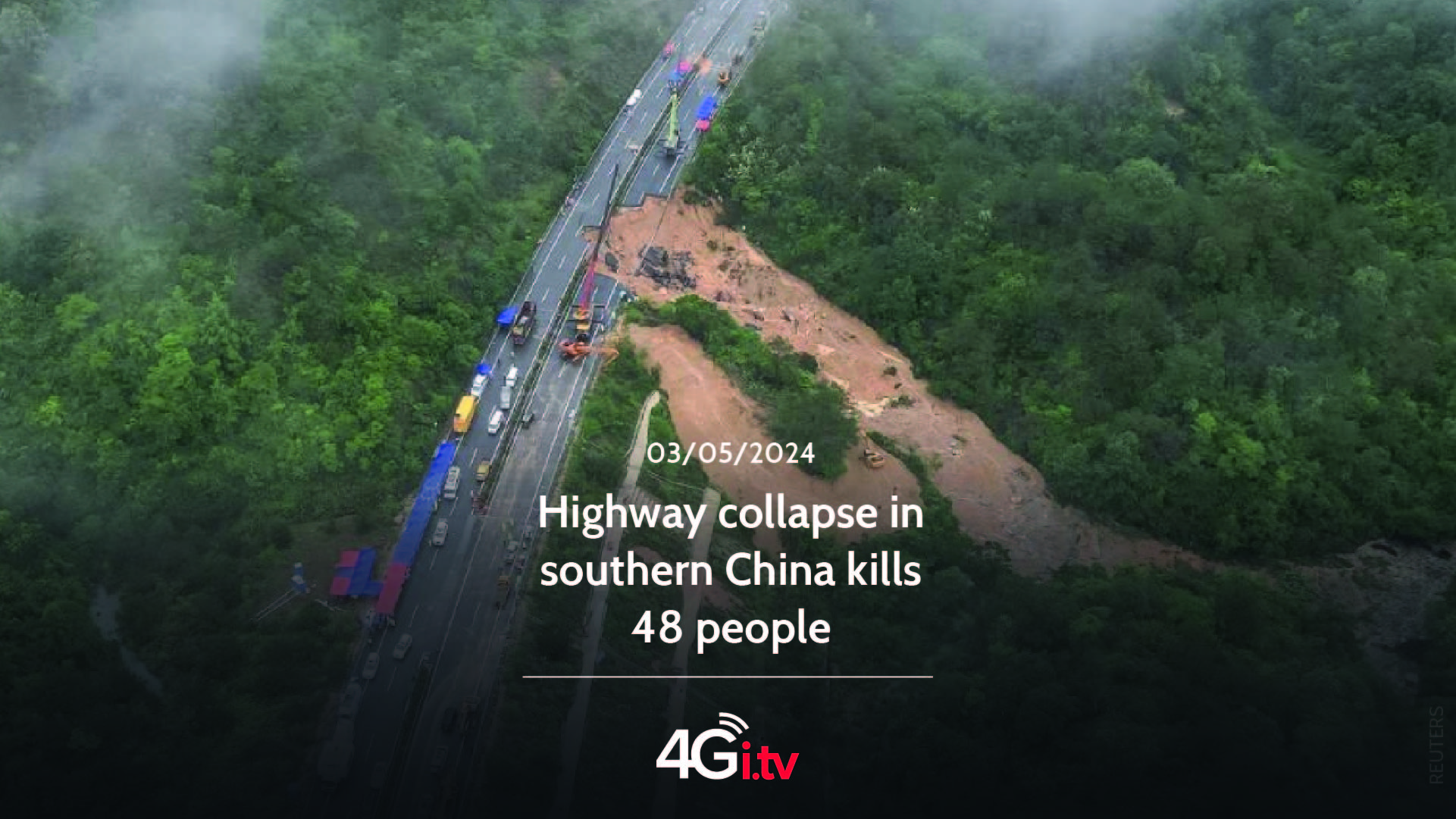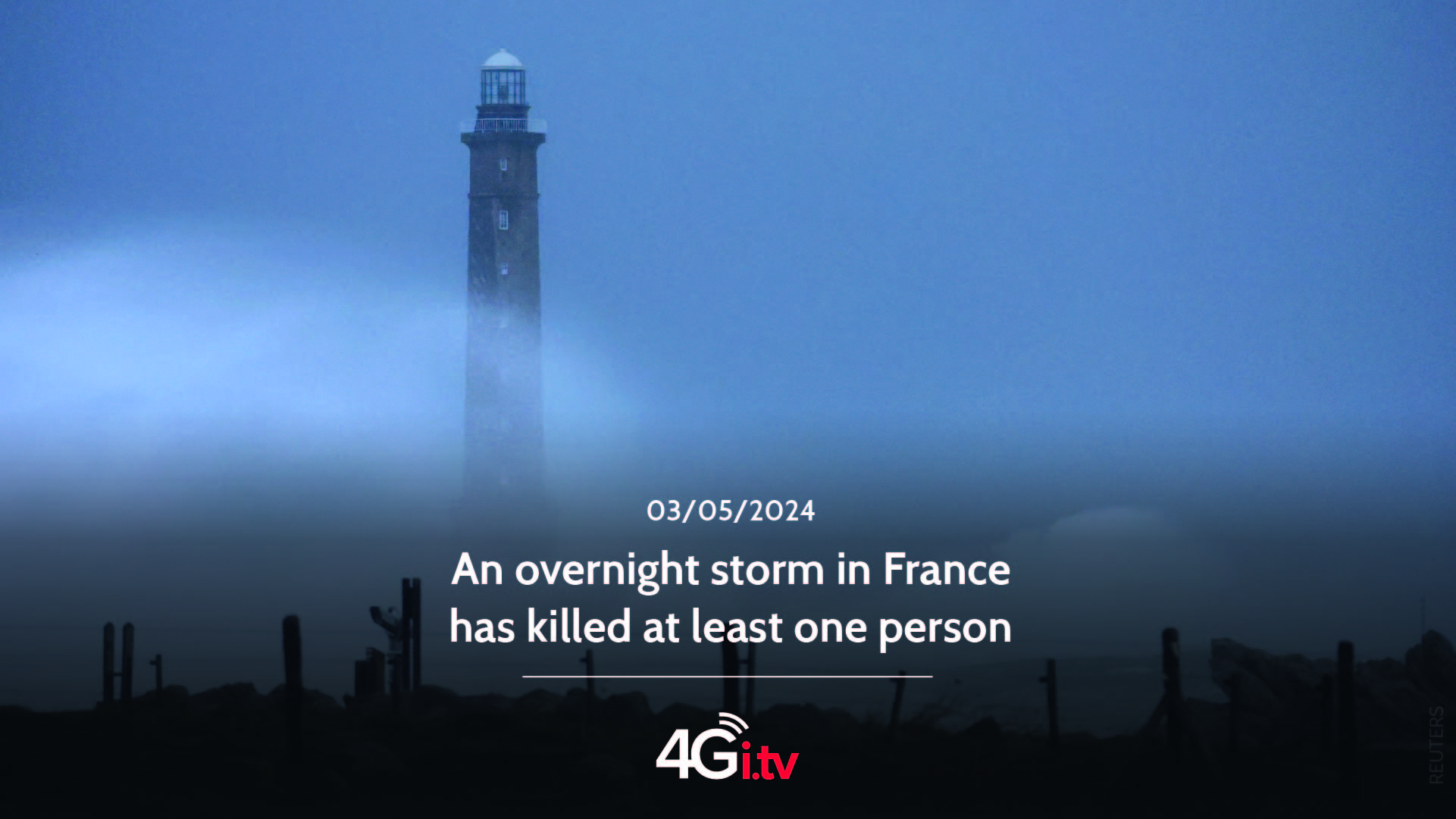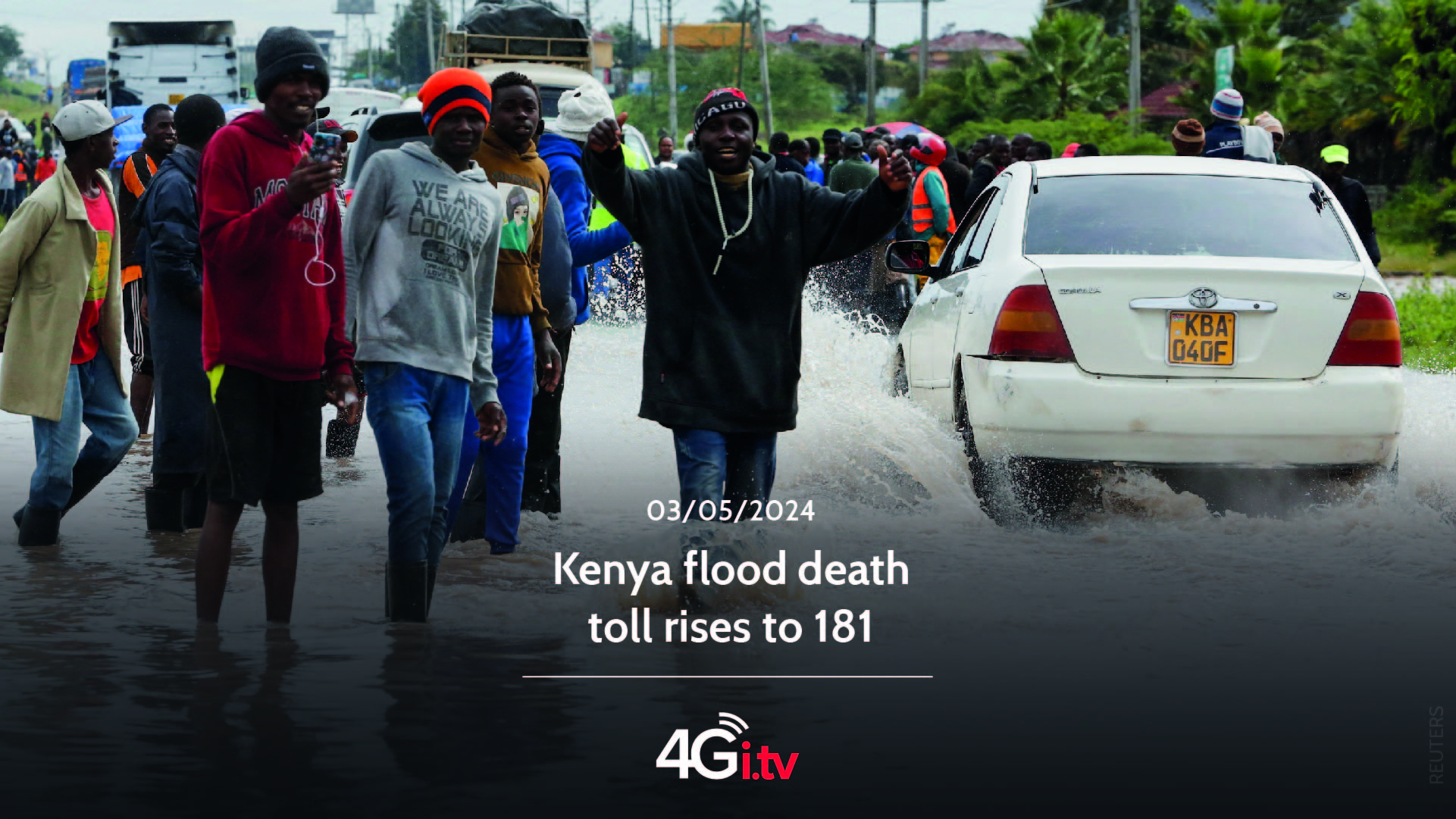Crucial European Green Pact package falters

Policies to make Europe climate neutral by 2050 are being undermined by impending elections and protests by farmers across the continent.
The package of policies launched by European Commission president Ursula von der Leyen five years ago was supposed to make Europe climate neutral by 2050. But with elections in June and polls suggesting some countries may flip-flop, the EU is dismantling some of its key policies aimed at cutting pollution and protecting the environment.
On Monday, the Council of the European Union cancelled a vote on a law to restore nature after eight member states withdrew their support. The next day, it approved a Commission proposal to cut some green strings in farm subsidies, which account for a third of the EU budget. At the same time, member states called on Brussels to weaken an existing law to tackle deforestation in the countries from which Europe sources crops.
Agriculture has proved to be the sector most resistant to the new rules. Agriculture pumps out at least 11% of all global warming gases emitted in the EU, many of which damage the heart and lungs when inhaled and are a major driver of wildlife destruction.
While the continent’s emissions have remained more or less stable over the past 15 years, efforts to curb damage to human health and the environment – or to make farmers and their customers pay for some of the pollution – have met with resistance. Rows of tractor horns, burning hay bales and piles of manure have regularly blocked the streets of European capitals in recent months. Green policies, as well as cereal imports from Ukraine and a proposed free trade agreement with South American countries, have borne the brunt of their wrath.
Climate scientists say the outlook for the planet is not all bleak. Most of the policies that make up the European Green Pact have already been approved, albeit often in a weakened form after lobbying by industry and member states. The continent has some of the highest environmental standards in the world and has been able to encourage companies to make the transition, even without the huge subsidies for clean technologies available in the US or China.
Farmers’ protests: why are they striking?
Farmers in the European Union have taken to the roads in the main cities of the bloc’s countries to demand changes to some of the measures affecting the sector. The demands are based on reducing environmental regulatory requirements, less bureaucracy, fair prices for their production, reciprocity in imports with respect to third countries, more flexibility in the Common Agricultural Policy (CAP) and aid for drought.
The mobilisations were launched in February by the agricultural sector in France, Germany, Belgium and Portugal, and then spread to the rest of the European Union countries. Farmers claim that this is a fight for their survival and that they will not stop unless their demands are met.
European farmers’ discontent is often fuelled by anger at EU policies and this time has been no exception. The farming sector is wary of measures introduced by the EU to overhaul its $59.75 billion Common Agricultural Policy (CAP) and make it more sustainable. More than 70 per cent of this money is spent on direct payments to farmers, which serve as a safety net.
The reform includes the obligation to devote at least 4% of arable land to non-productive features, as well as the requirement to carry out crop rotations and reduce fertiliser use by at least 20%. Many farmers have long argued that these measures will make the European agricultural sector less competitive against imports.
They are also concerned that inflation has drastically reduced the value of their direct payments.
In addition, Russia’s invasion of Ukraine in February 2022 virtually blocked trade routes in the Black Sea. The EU intervened by temporarily lifting restrictions on imports from Ukraine, allowing its agricultural products to flood European markets. As a result, prices in neighbouring countries such as Hungary, Poland and Romania suddenly plummeted, leaving local farmers unable to sell their crops.
The EU soon imposed trade restrictions on Ukraine’s exports to its neighbours, but only for a limited period. When the ban expired, the governments of Budapest, Warsaw and Bratislava announced their own restrictions. Ukraine quickly sued; relations soured and sympathy for a country defending itself from invasion took a back seat. Now Eastern European countries are demanding that the EU definitively review its trade policy with Ukraine.
Farmers’ strike in numbers
The EU farmers’ strike started in Germany on 18 December 2023. It has been 3 months and 17 days of protests, until today.
The strike has spread to 17 countries of the European Union, demanding the following:
- German farmers: Elimination of tax exemptions.
- Belgian farmers: Imposition of certain environmental measures.
- Bulgarian farmers: Comprehensive review of proposed aid distribution and budget allocations.
- Czech farmers: Less bureaucracy and a stop to cheap imports into the EU.
- Slovakian farmers: Imposition of certain environmental measures and demand increases in subsidies to the sector.
- Spanish farmers: CAP reform, Green Pact, Animal Welfare Law, Food Chain Law, Agreement with Ukraine and Mercosur.
- French farmers: Environmental regulations, energy costs, Agreement with Ukraine and Mercosur.
- Greek farmers: Costs and natural disasters.
- Hungarian farmers: Duty-free imports of products from Ukraine.
- Irish farmers: Environmental regulations.
- Italian farmers: Entry of synthetic foodstuffs on the market and rising costs of agricultural diesel.
- Lithuanian farmers: Ban on Russian goods.
- Dutch farmers: Environmental policies and unfair competition.
- Portuguese farmers: Support for other farmers.
- Romanian farmers: Agreement with Ukraine.
- Swiss farmers: Rising costs and low prices for agricultural products.
- Polish farmers: Agreement with Ukraine.
Consequences
In terms of human lives, so far 2 people have been killed, 2 injured and 97 arrested.
In terms of money, 120 million euros had been lost by 5 February. This was due to disorganised protests, food rotting in transports and attacks on trucks with goods.
In addition, grocery stores and supermarkets were out of stock for a while because some roads and motorways could not be used for transporting goods due to farmers and their tractors blocking the way in protest.
Spanish farmers’ organisation reaches agreement with Spanish government
Two days ago, Spain’s Minister of Agriculture, Fisheries and Food, Luis Planas, presented a plan with 43 measures to end the farmers’ protests. Among the measures are 700 million euros in credits for farmers and stockbreeders. It is a proposal that was awaiting the backing of the agricultural organisations representing the primary sector, the Organizaciones de Agricultores y Ganaderos (COAG), the Unión de Pequeños Agricultores y Ganaderos (UPA) and the Asociación Agraria de Jóvenes Agricultores (Asaja).
48 hours after the proposal, one of these organisations has broken away from the rest and sealed the agreement, UPA. Now it remains to be seen what the other two, Asaja and COAG, will do, because, until now, the three had gone hand in hand in the mobilisations.
“We have taken the decision to sign this agreement, we had contacts before Easter with Ministry officials. We had the document and it had to be signed. The time for mobilisation has passed,” said Lorenzo Ramos, secretary general of UPA. “We have been meeting for two months, with the minister and at a technical level. This cannot be delayed any longer, the agreement has to be made now because farmers and stockbreeders are waiting for the Common Agricultural Policy (CAP) dossiers to be drawn up and they have to have guarantees that they are doing it right,” he said.
The agreement “was urgent”. “We have spoken out to simplify the CAP and the bureaucracy and that can come into force in 2024”. However, Ramos acknowledged that there are still pending issues for livestock farmers. “We have been in the mobilisation and we will be again, with any government. We hope that the other agricultural organisations will join in. We believe that we had to take the step”.
Luis Planas assured that “having listened to farmers and livestock farmers in the mobilisations, in Spain and other European Union countries, the time has come to put them into practice”.
“Today we have reached an agreement with UPA and we are grateful for their role and that of other agricultural organisations, but we have scrupulously respected the ways and times of each organisation, who know better than anyone what position to take”. “It is very important that we continue to work together,” added the minister. “I hope to convene them again in the next few days if the rest of the agricultural organisations take decisions in this respect,” Planas concluded.
The plan of measures sealed with UPA includes a reinforcement of the Chain Law, through more inspections, as well as tax proposals, administrative simplification when applying the Common Agricultural Policy (CAP) or tax benefits for farmers and livestock farmers. Also, a credit line worth 700 million euros, which would reach farmers and stockbreeders through the Official Credit Institute (ICO) and the Sociedad Anónima Estatal de Caución Agraria (Saeca). Of these, 200 million would be reserved for young people who want to work in the countryside.
POPULAR POSTS
LIVE STREAM







